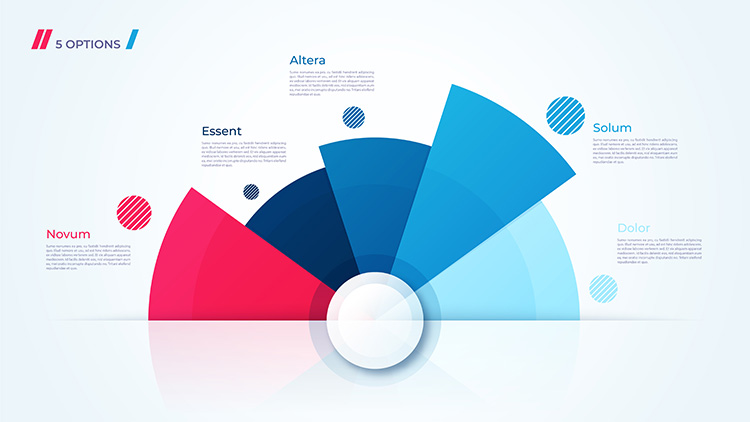AI & ML DevelopmentAbout this Services
1. Machine Learning Algorithms
Supervised Learning:
- Linear Regression: Predicts continuous values.
- Logistic Regression: Used for binary classification.
- Decision Trees: Simple, interpretable tree-based models.
- TRandom Forest: Ensemble of decision trees.
- Support Vector Machines (SVM): Classifies by finding the optimal hyperplane.
- k-Nearest Neighbors (k-NN): Classifies by majority vote among neighbors.
- Naive Bayes: Probabilistic classification based on Bayes' Theorem.
- Gradient Boosting Machines (GBM): Builds models sequentially, optimizing errors.
- XGBoost/LightGBM/CatBoost: Efficient, faster versions of gradient boosting.
Unsupervised Learning:
- k-Means Clustering: Groups data into clusters based on similarity.
- Hierarchical Clustering: Builds a hierarchy of clusters.
- DBSCAN: Density-based clustering that detects noise.
- Principal Component Analysis (PCA): Dimensionality reduction technique.
- t-SNE: Reduces high-dimensional data into two or three dimensions for visualization.
Reinforcement Learning:
- Q-Learning: Finds the optimal policy by learning the value of actions.
- Deep Q-Networks (DQN): Combines Q-Learning with neural networks.
- Policy Gradient Methods: Directly optimize the policy in reinforcement learning.
2. Deep Learning Algorithms
- Feedforward Neural Networks (FNN): Basic neural networks without loops.
- Convolutional Neural Networks (CNN): Used for image classification, detection, and recognition.
- Recurrent Neural Networks (RNN): Used for sequential data like time-series or text.
- Long Short-Term Memory Networks (LSTM): A type of RNN that solves long-term dependency problems.
- Gated Recurrent Units (GRU): A simpler version of LSTM.
- Autoencoders: Unsupervised networks for dimensionality reduction or generative tasks.
- Generative Adversarial Networks (GANs): Networks that generate new data by opposing a generator and discriminator.
- Transformers: Used in Natural Language Processing (NLP) tasks, e.g., BERT, GPT models.
- Deep Reinforcement Learning: Combines deep learning with reinforcement learning.
3. Data Visualization Techniques
- Bar Charts/Column Charts: Used to show comparisons between categories.
- Line Charts: Displays trends over time.
- Pie Charts/Donut Charts: Represents parts of a whole.
- Scatter Plots: Shows the relationship between two variables.
- Histograms: Shows the distribution of a single variable.
- Heatmaps: Displays data values on a color-coded matrix.
- Box Plots: Shows the distribution of data and detects outliers.
- Pair Plots: Multiple scatter plots for pairwise variable comparison.
- Violin Plots: Combines box plot and KDE to show distribution.
- Tree Maps: Displays hierarchical data in nested rectangles.
- Geospatial Maps: Used for geographical data visualization (e.g., choropleth maps).
Hyperparameter Tuning:
- Grid Search: Tries every combination of hyperparameters.
- Random Search: Randomly samples hyperparameters to find the best combination.
- Bayesian Optimization: Optimizes hyperparameters based on past evaluations.
- Automated Machine Learning (AutoML): Automated processes to find the best models and hyperparameters.
Feature Engineering:
- Scaling (Standardization/Normalization): Ensures features are on a similar scale.
- Dimensionality Reduction (PCA, t-SNE): Reduces the number of input features.
- Feature Selection: Selects the most important features using methods like L1 regularization or Recursive Feature Elimination (RFE).
Model Optimization:
- Early Stopping: Stops training when the model's performance stops improving.
- Learning Rate Scheduling: Dynamically adjusts the learning rate during training.
- Batch Size Optimization: Adjusts the batch size to improve convergence speed.
5. Validation in Machine Learning
Cross-Validation:
- k-Fold Cross-Validation: Splits data into k subsets and trains on k-1, validating on the remaining fold.
- Stratified k-Fold: Ensures each fold has an equal proportion of class labels (for classification problems).
- Leave-One-Out Cross-Validation (LOO-CV): Uses one instance for validation and the rest for training.
- Holdout Method: Splits the dataset into training and testing sets.
- Bootstrap Sampling: Randomly samples the dataset with replacement to estimate model performance.
6. Model Evaluation Metrics
For Classification:
- Accuracy: Proportion of correct predictions.
- Precision: True positives / (true positives + false positives).
- Recall (Sensitivity): True positives / (true positives + false negatives).
- F1 Score: Harmonic mean of precision and recall.
- Confusion Matrix: Shows the breakdown of predictions (TP, FP, TN, FN).
- ROC-AUC: Area under the ROC curve, representing true positive rate vs. false positive rate.
- Log Loss: Measures the uncertainty of predictions (used in probabilistic classifiers).
For Regression:
- Mean Squared Error (MSE): Measures average squared difference between actual and predicted values.
- Root Mean Squared Error (RMSE): Square root of MSE.
- Mean Absolute Error (MAE): Measures the average absolute difference between actual and predicted values.
- R-squared (R²): Proportion of variance explained by the model.
For Clustering:
- Silhouette Score: Measures how similar an object is to its own cluster compared to other clusters.
- Davies-Bouldin Index: Measures the average similarity ratio of each cluster with its most similar cluster.
- Inertia (Sum of Squared Errors): Measures within-cluster variance.
Important Facts
- The Field of Data Science
- The Problem
- The Solution
- The Skills
- Statistics
- Mathematics
It is a long established fact that a reader will be distracted by the readable content of a page when looking at its layout. The point of using Lorem Ipsum is that it has a more-or-less normal distribution of letters, as opposed to using ‘Content here, content here’, making it look like readable English. Latin words, combined with a handful of model sentence structures, to generate Lorem Ipsum which looks reasonable.
Application Areas
Technologies That We Use
- Supervised Learning
- Unsupervised Learning
- Reinforcement Learning
- Deep Learning
- Data Visualization Techniques
- Performance Tuning Techniques
- Validation in Machine Learning
- Model Evaluation Metrics
- Image Classification


